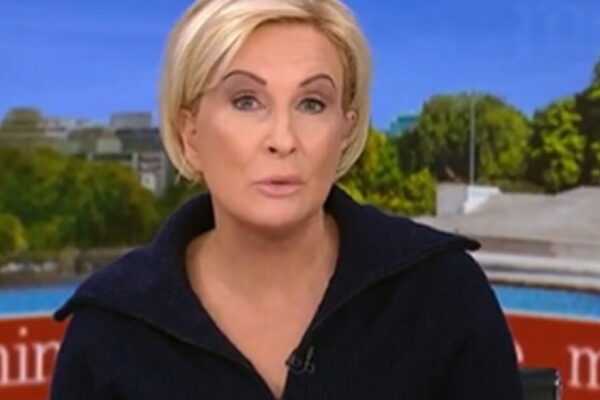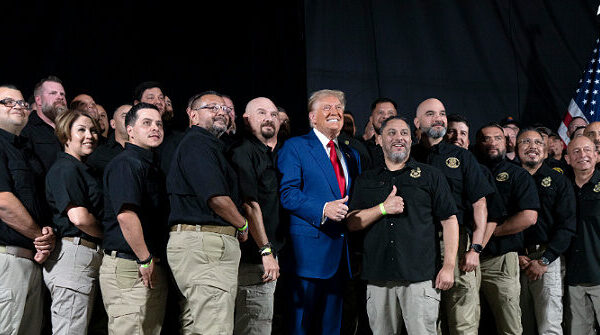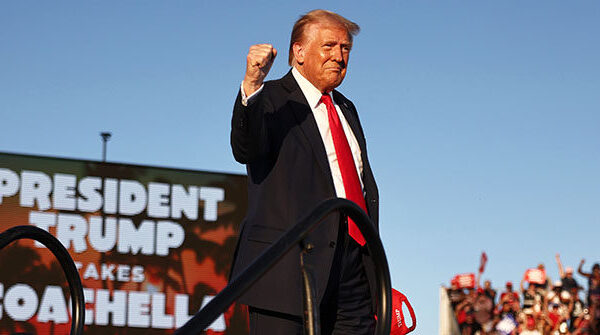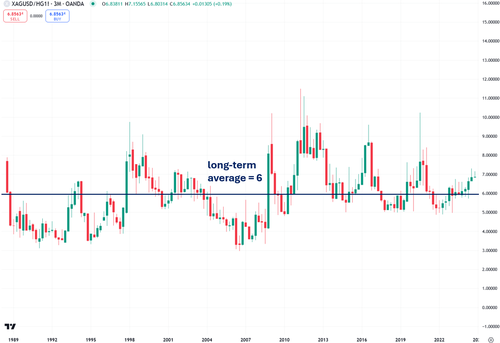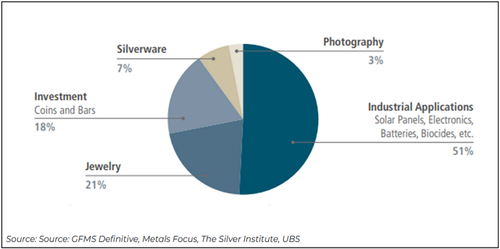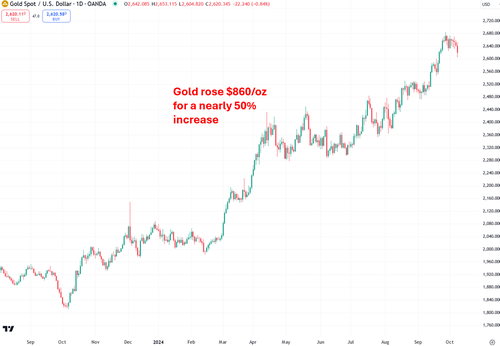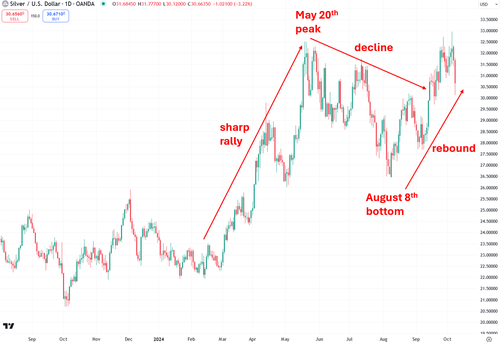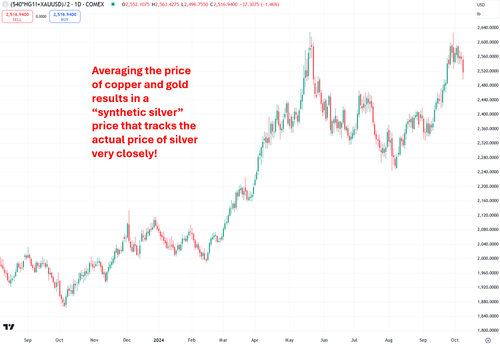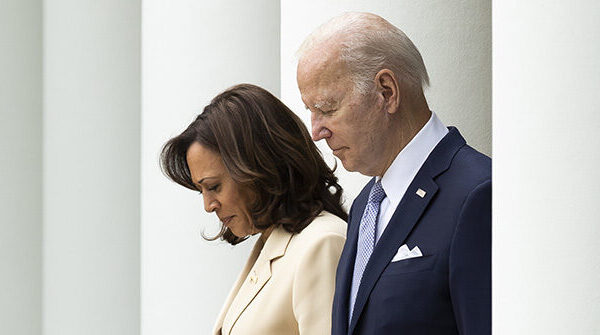Authored by Jeffrey Tucker via DailyReckoning.com,
During the misnamed and mostly preposterous debate between Kamala Harris and Donald Trump, a moderator fact-checked Trump’s claim that crime is up.
In contrast to Trump’s claim, moderator David Muir said that the FBI reports that crime is down, a claim that likely struck every viewer as obviously wrong.
Shoplifting was not a way of life before lockdowns. Most cities were not demographic minefields of danger around every corner. There was no such thing as a drugstore with nearly all products behind locked Plexiglas.
We weren’t warned of spots in cities, even medium-sized ones, where carjacking was a real risk.
It is wildly obvious that high crime in the U.S. is endemic, with ever less respect for person and property. As for the FBI’s statistics, they’re worth about as much as most data coming from federal agencies these days.
They’re there for purposes of propaganda, manipulated to present the most favorable picture possible to help the regime.
Lies, Damn Lies and Government Statistics
This is certainly true of the Bureau of Labor Statistics and the Commerce Department, which have been shoveling out obvious nonsense for years.
Professionals in the field know it but go along for reasons of professional survival. In truth, we’ve never had a real economic recovery since lockdowns.
Crime is up. Literacy is down. Trust has collapsed. Societies were shattered and remain so.
Only a few weeks following the officious fact-check at the debate, we now have new data from the National Crime Victimization Survey.
The Wall Street Journal reports:
“The urban violent-crime rate increased 40% from 2019–2023. Excluding simple assault, the urban violent-crime rate rose 54% over that span. From 2022–2023, the urban violent-crime rate didn’t change to a statistically significant degree, so these higher crime rates appear to be the new norm in America’s cities.”
But the FBI tries to tell you that crime is down. Sure, whatever they say.
The report isolates the “post-George Floyd protests” because no media source wants to mention the lockdowns. It is still a taboo subject.
We somehow cannot say, even now, that the worst abuses of rights in U.S. history in terms of scale and depth were a disaster, simply because saying so implicates the whole of the media, both parties, all government agencies, academia and all the upper reaches of the social and political order.
Politics Has Become Life and Death
The problem of political division is getting alarmingly serious. It’s no longer just about competing yard signs and loud rallies. We now have regular assassination attempts, plus even an extremely strange appearance of a bounty put on a candidate’s head by an official agency.
Surveys have shown that 26 million people in the U.S. believe that violence is fine to keep Trump from regaining the presidency. Where might people have gotten that idea
Probably from many Hollywood movies that fantasize about having killed Hitler before he accomplished his evil plus the nonstop likening of Trump to Hitler, and hence one follows from another.
Liken Trump to Hitler and that is the result you produce.
There’s private violence, public violence and many forms in between including vigilante violence. Rights violations against person and property are now normalized.
This springs from the culture of our times which has been heavily informed and even defined by the deployment of state violence in service of policy goals, at a scale, scope and depth never before seen.
The Role of Censorship
Censorship is a major part of it. Censorship is the deployment of force in service of state power, and other institutions connected to state power, for purposes of culture planning.
It’s exercised by the shallow state, in response to the middle state, and on behalf of the deep state. It’s a form of violence that interrupts the free flow of information: the ability to speak, and the ability to learn.
Censorship trains the population to be quiet, afraid and constantly stressed, and it sorts people by the compliant versus the dissidents. Censorship is designed to shape the public mind toward the end of shoring up regime stability. Once it starts, there’s no limit to it.
I’ve mentioned to people that Substack, Rumble and X could be banned by the spring of next year, and people respond with incredulity. Why? Four years ago, we were locked in our homes and locked out of churches, and the schools for which people pay all year were shut down by government force.
If they can do that, they can do anything.
Remember Free Speech?
Censorship has been so effective that it’s changed the way we engage with each other even in private. Brownstone Institute, which I founded, recently held a private retreat for scholars, fellows and special guests.
One very special guest wrote me that she was completely shocked at the freedom of thought and speech that was present in the room. As a mover in the highest circles, she had forgotten what that was like.
This censorship coincides with a strange valorization of violence that we are presented with from all over the world: Ukraine, the Middle East, London, Paris and many American cities. Never have so many held video cameras in their pockets and never have there been so many platforms on which to post the results.
One does wonder how all these relentless presentations of destruction and killing affect public culture.
Why They’re Doing It
What purpose are all these soft, hard, public and private exercises of violence serving? The standard of living is suffering, lives are shortening, despair and ill health are main features of the population and illiteracy has swept through an entire generation.
The decision to deploy violence to master the microbial kingdom did not turn out well. Worse, it unleashed violence as a way of life.
“When plunder becomes a way of life for a group of men in a society,” wrote Frederic Bastiat, “over the course of time they create for themselves a legal system that authorizes it and a moral code that glorifies it.”
That is precisely where we are. It’s time we talk about it and name the culprit. Liberty, privacy and property were already unsafe before 2020 but it was the lockdowns that unleashed Pandora’s box of evils.
We cannot live this way. The only arguments worth having are those that name the reason for the suffering and offer a viable path back to civilized living.
